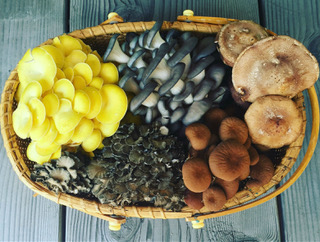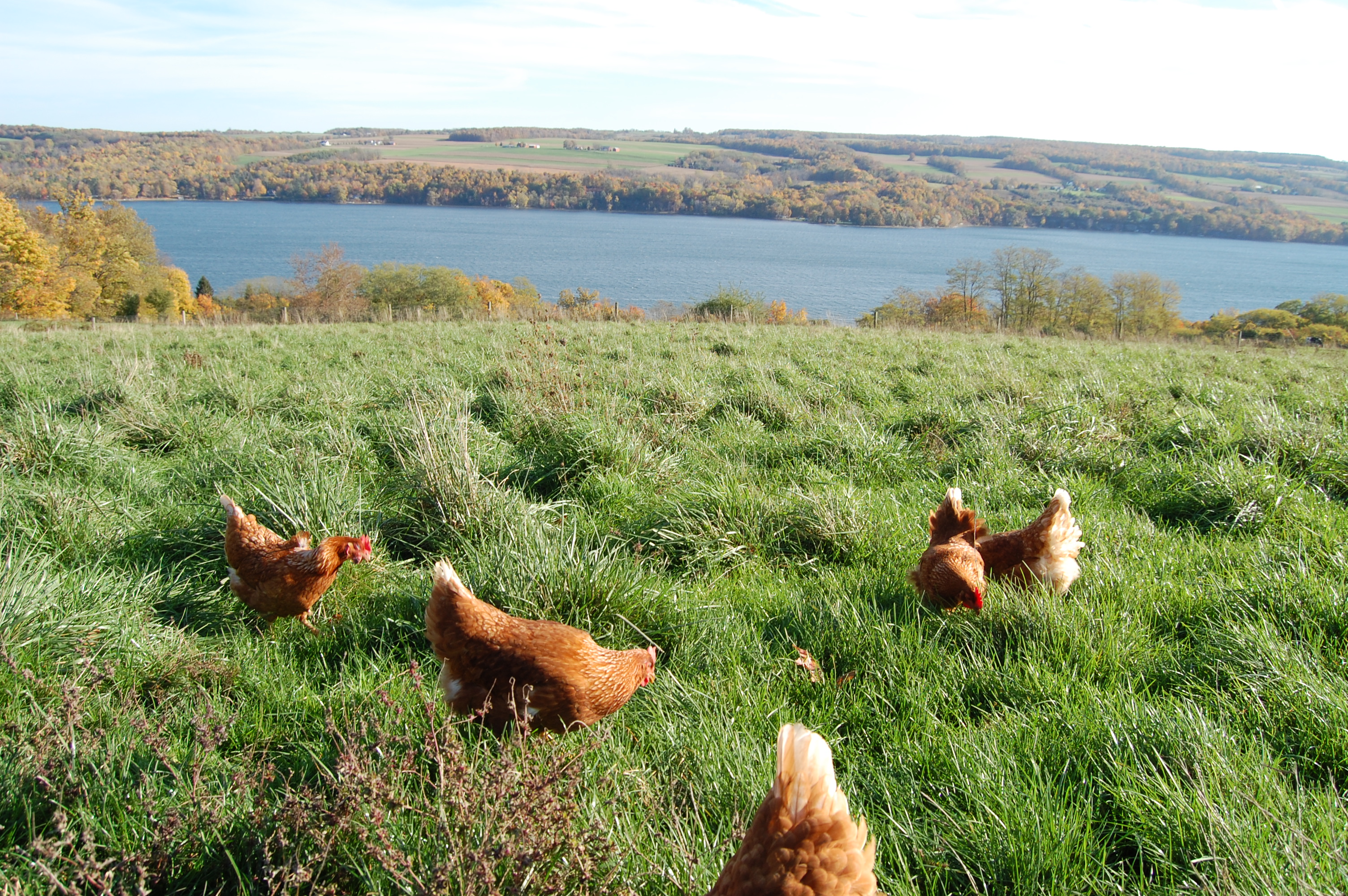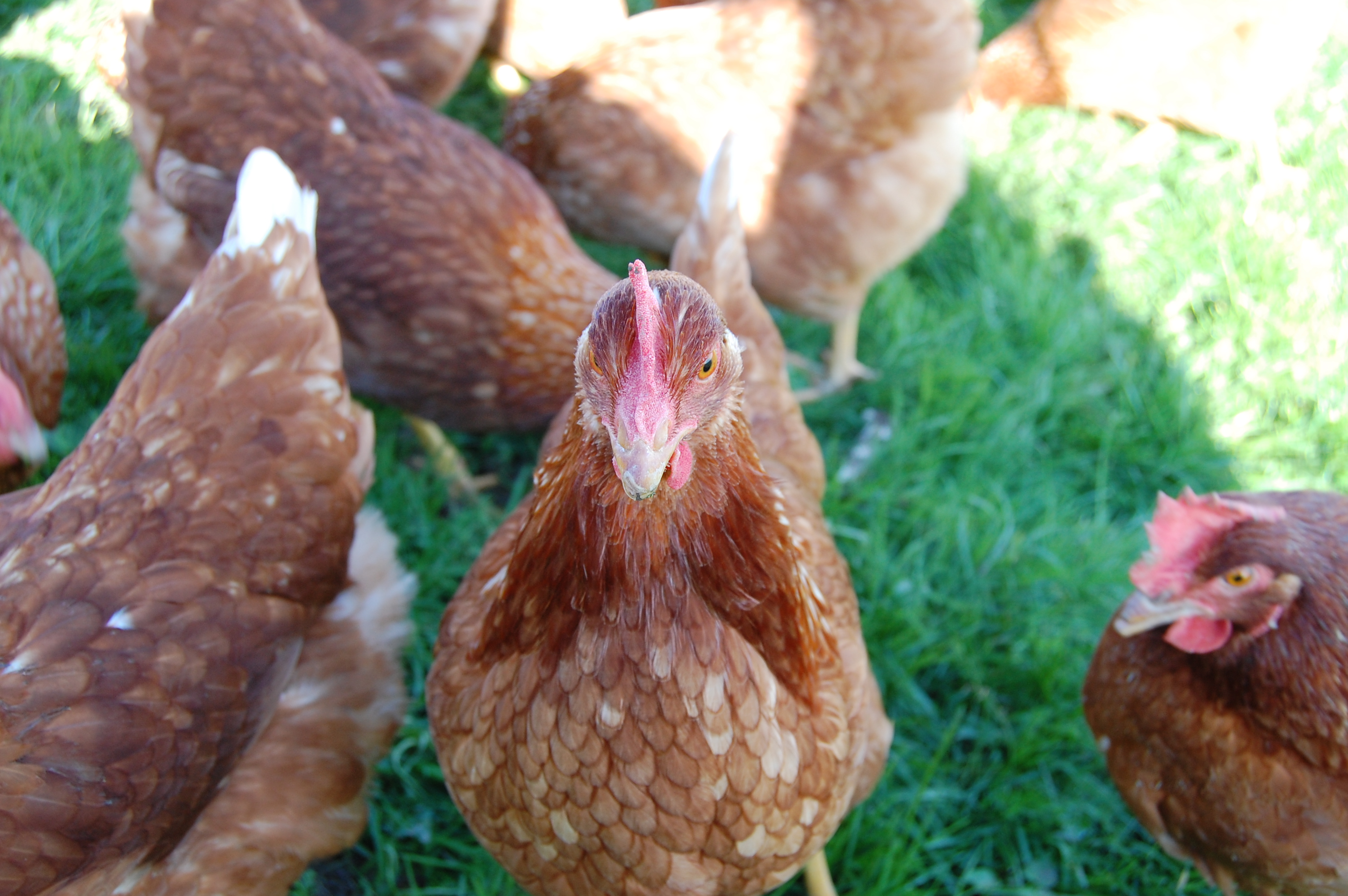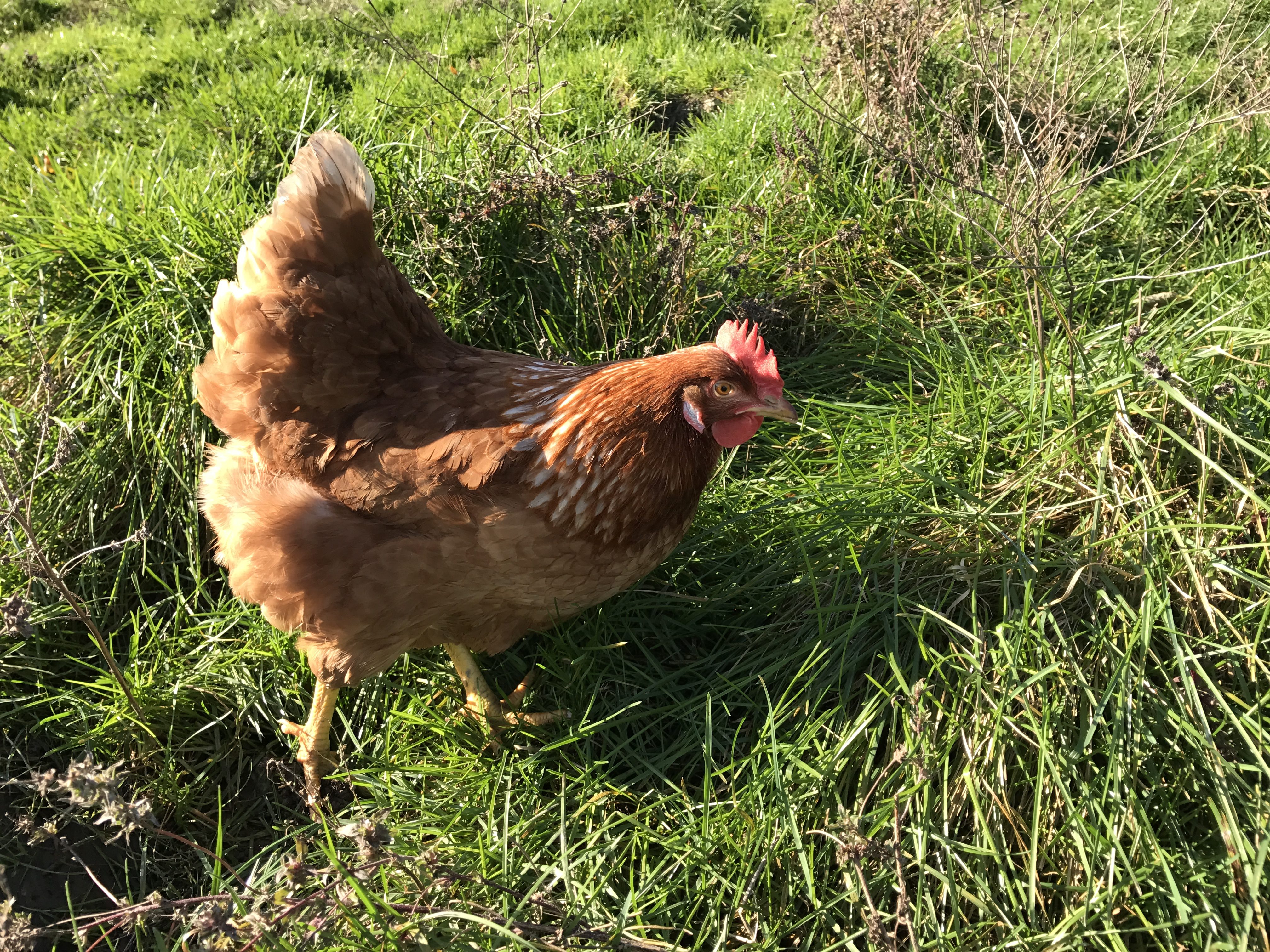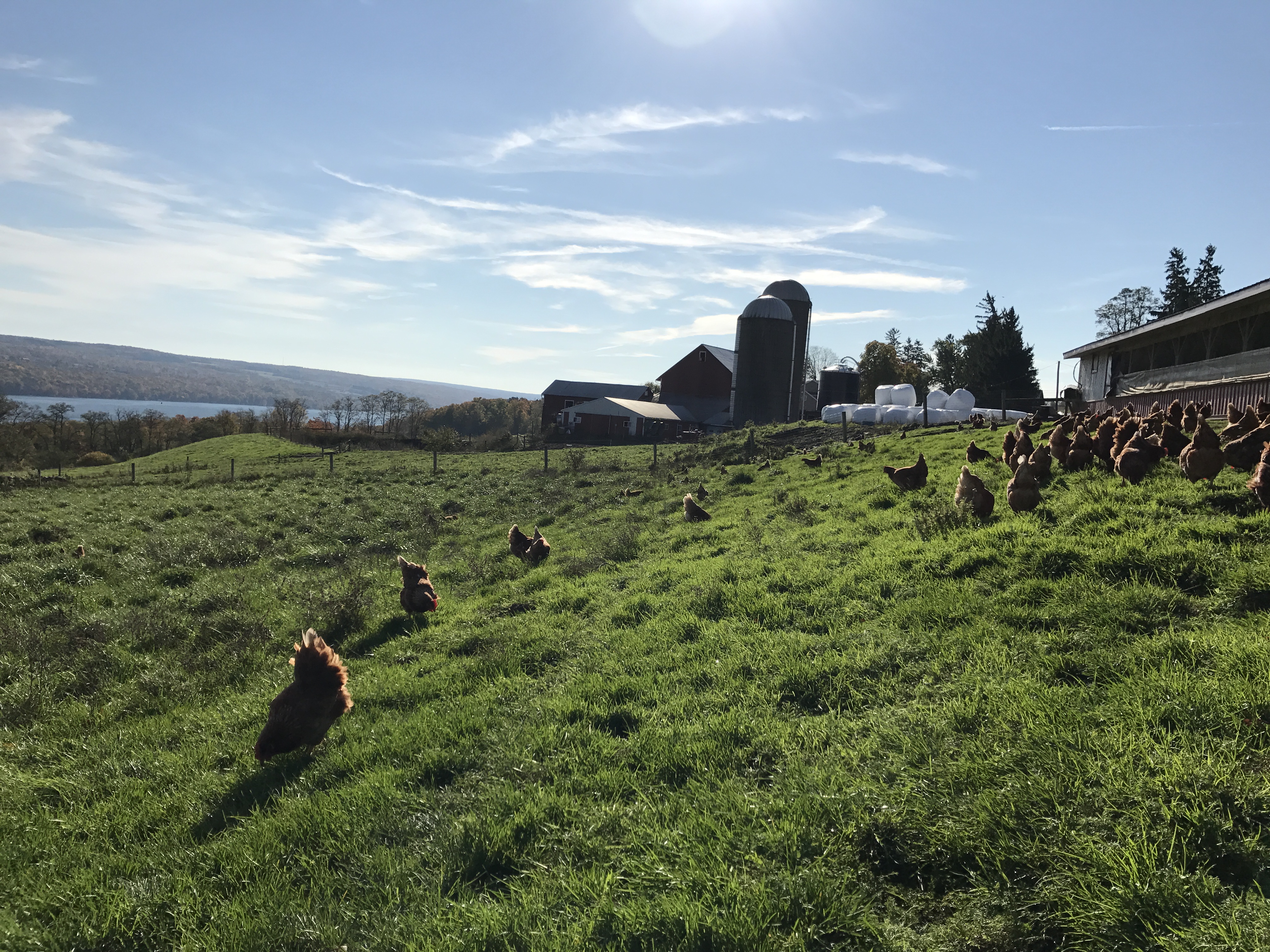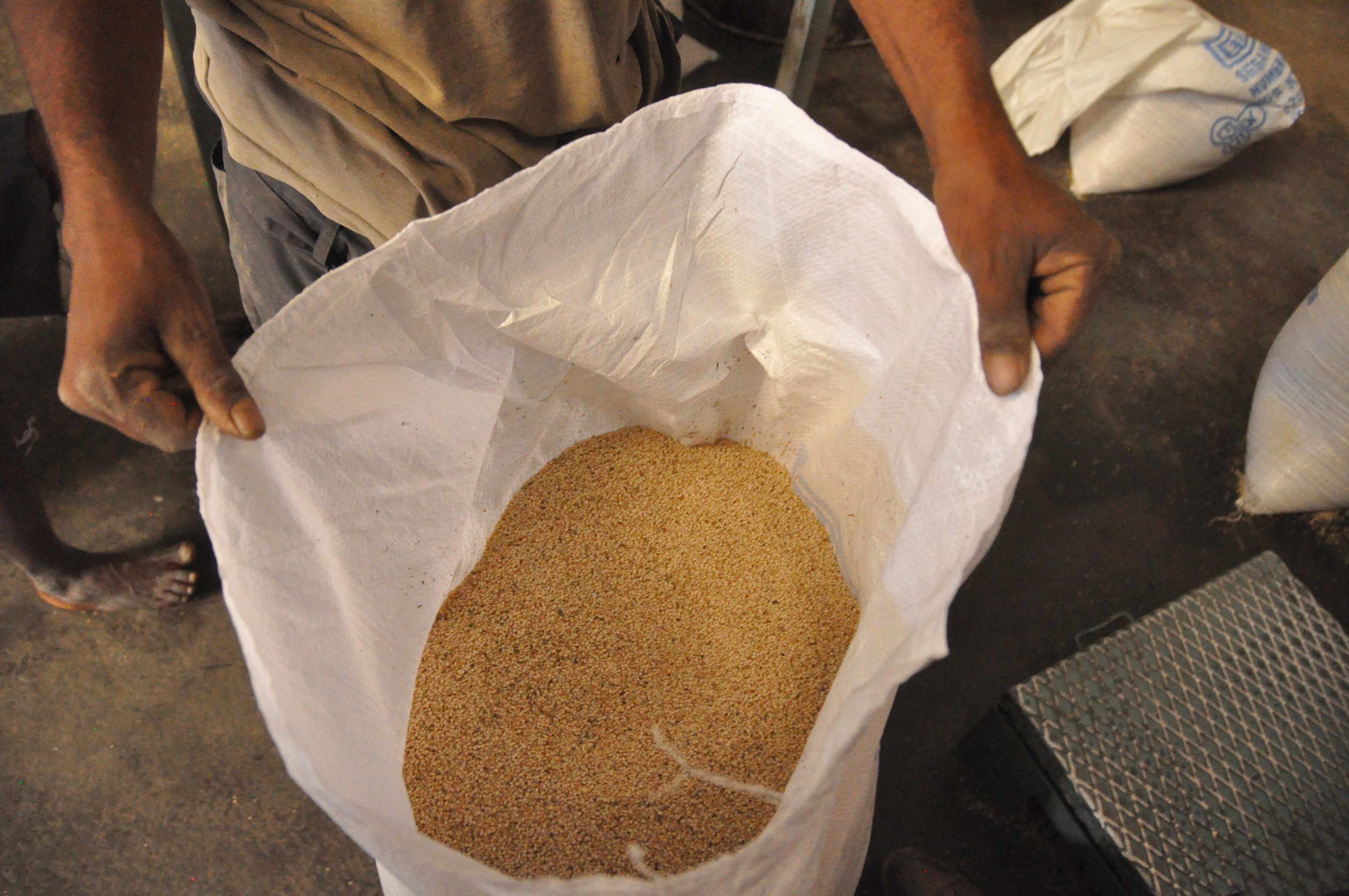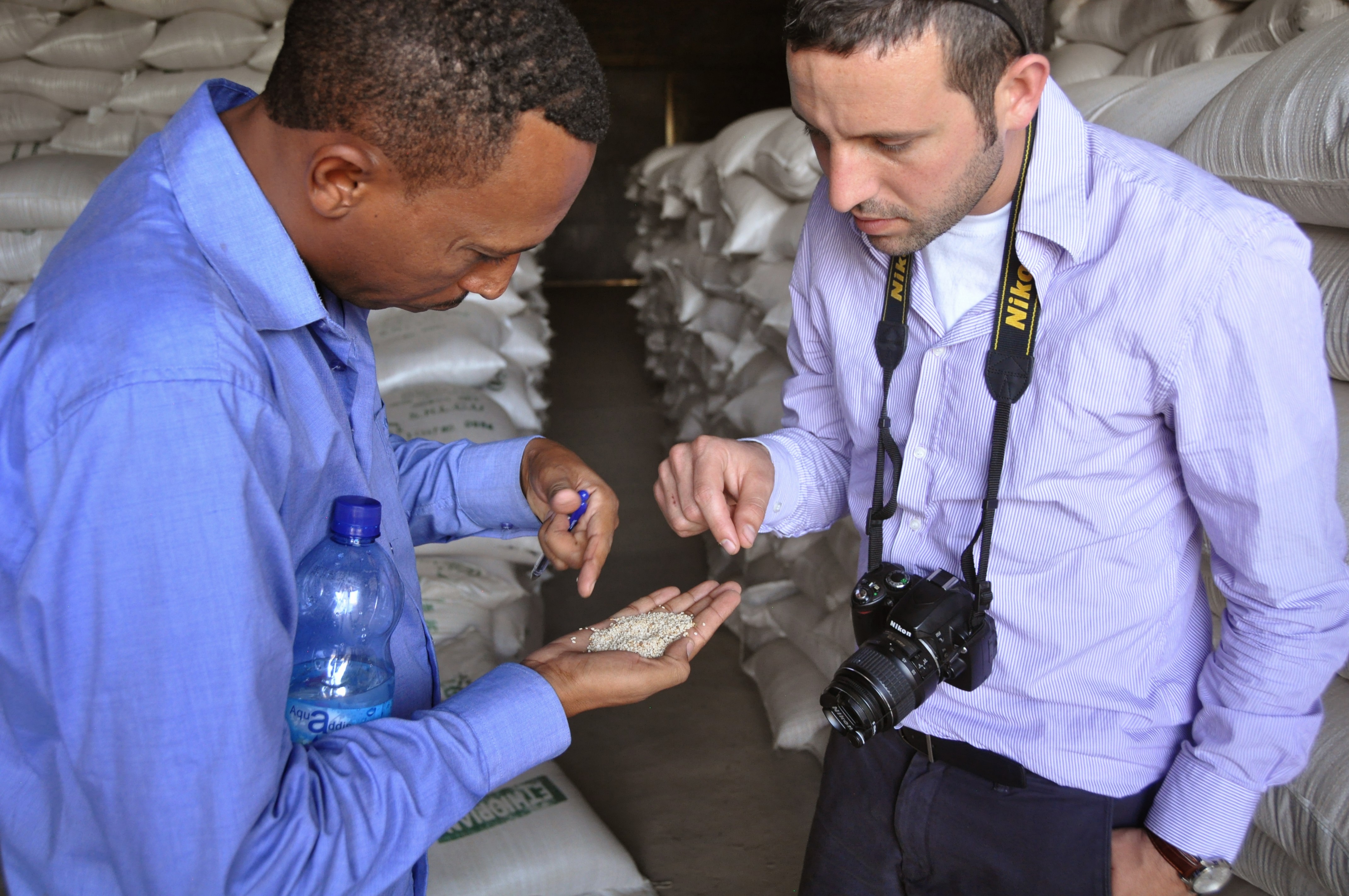Many of you are familiar with the quality of freshly-ground heritage corn, because you already buy and use heirloom grits and cornmeals. You know that freshness makes a big difference in the flavor, and when you rub the grains between your fingers you can literally feel the difference: instead of a dry, dead powder you can feel oils and texture.
Flour, however, we tend think of as being this one entity, with only functional variations: pastry, bread, all-purpose. It comes from wheat: we think of this too as being one thing, forgetting that there are many types of wheat: Red Fife, Marquis, Magog, and other heritage varieties. These pre-industrial non-hybridized wheat varieties act differently in the soil than modern wheat: deep roots tap into deep water sources, requiring less surface irrigation, and also have access to nutrients found deeper in the soil, giving these grains deeper flavor.
As Dan Barber points out in this article about growing betterwheat for matzoh (which only has two ingredients–water and flour–so the flour matters), how wheat is grown also matter. 13-14% moisture is the optimal range for picking wheat. That often requires leaving it in the field to dry out longer than a farmer might feel comfortable with. After all, if it rains, all the time spent drying the wheat under the sun is lost. So what often happens is that wheat gets picked early, and dried with high heat mechanically. Many of the delicate oils in the germ are cooked away in this process.
Then, there’s how the wheat is milled. You may not know why stone milling differs greatly from modern roll-milling. In brief, slow milling on stone wheels keeps the grains cooler, keeping surface enzymes and oils intact, which affects everything from flavor to the ability of a slow-rise bread to rise. It utilizes the whole grain, rather than stripping away the bran and endosperm.
Steel roll millers affect wheat a number of different ways. Rollers work based on stripping the grain down to it’s endosperm before milling it for flour. First, off comes the bran, where most of the nutrients and much of the flavor is found. Next comes the germ, which is where the oils are. Then, the starchy endosperm is ground into white flour, at high heat, which cooks off what little nutrition the flour had left. Nutrients are then added back in later and artificially, resulting in “enriched” wheat. If they want to turn a portion of that flour into whole wheat, they add back some of the lost bran and germ. You know, kind of like cheap rosé.
Stone-ground wheat, on the other hand, mills the whole grain. The comparatively slow grind of the stone mill creates much less heat than the steel roller mills, so the wheat doesn’t get cooked in the process. Then, if white flour is desired, it is sifted afterwards. The germ, which was ground into the flour, has a chance to impart flavors, nutrients and oils to the end result, even if it is sifted to make white flour. Caring for the wheat in this way ensures that it is more enzymatically active: important to bakers when you make breads, especially sourdough and other naturally yeasted doughs.
Also notable is that a stone mill can grind any variety of wheat. Roller mills, on the other hand, require wheats that have a harder outer bran layer, to survive their first pass through the extreme impact of the roller mill. That means that only certain varieties of wheat make it into most commercial flours, and many heirloom varieties have been lost to industrial roller mills. Modern wheat varieties, grown specifically to survive steel mills, tend to be harder on the soil, requiring more water and stripping the topsoil of more nutrients, leaving the field more washed out and more depleted for the next year.
Ultimately, as a chef, flavor and consistency are key considerations. Flavor-wise, the quality of these flours is apparent from the moment you open the bag, touch and smell them. Nutty, flavorful loaves and crusts, we think you’ll find, are worth the experimentation it may take to learn to work with these special heritage grains. While doing so, you’ll be supporting the local food system, helping to restore Maine’s farming community, and offering a superior product in both taste and nutrition. Chefs such as David Bauer are using local heritage wheat as the cornerstone of his distinctive crust at his restaurant, All Souls Pizza in Asheville, NC. Brooklyn’s Sfoglini Pasta Shop is doing the same to drive their hand-crafted pastas to the next level.
We are excited to be working directly with Maine Grains, of Skowhegan, Maine. They source all of their wheat from farms in Maine. Most of it is organic, and all of the farms practice IGM, rather than spraying their crop with things like Roundup. When they do need to pick grains early to dry, they use fans and gentle heat, rather than high heat, to keep the wheat intact. Finally, the wheat is stone-ground at the mill, to order, and is stored cold throughout the process, including here at Specialty.
Now carrying in 5# bags:
Pastry flour: made from Overland winter wheat. Organic, stone-ground.
Spelt flour: a type of wheat similar to/the same as farro, some chefs are using to make pasta. Organic, stone-ground.
Heritage Wheat Flours: Marquis and Red Fife. These whole-grain flours are made from hard red wheat berries, are relatively rare, and therefore more expensive. The way most bakers are utilizing them is cutting “regular” (a more neutral AP) flour with these varieties, so that you get some of the nuance/aroma but keep it cost-effective. Organic, stone-ground.
Rye Flour: from organic rye .
Rye Meal: much coarser than regular rye flour, would add an interesting texture to a cracker or crust. Often used to dust the tops of loaves. Both are organic and stone-ground.
Japanese Buckwheat Flour: traditionally used to make soba noodles, but is also cool to use anywhere you’d want to try out buckwheat flour. Organic, stone-ground.
Hard Red Wheat Berries: variety is “Magog”
Rye Berries: the same organic rye used to make the flours listed above. Organic.
Triticale Berries: triticale is a hybrid of rye and wheat. All of these berries can be used much in the same way you’d use farro. Organic.
Larger sizes available with at least two weeks’ notice.

